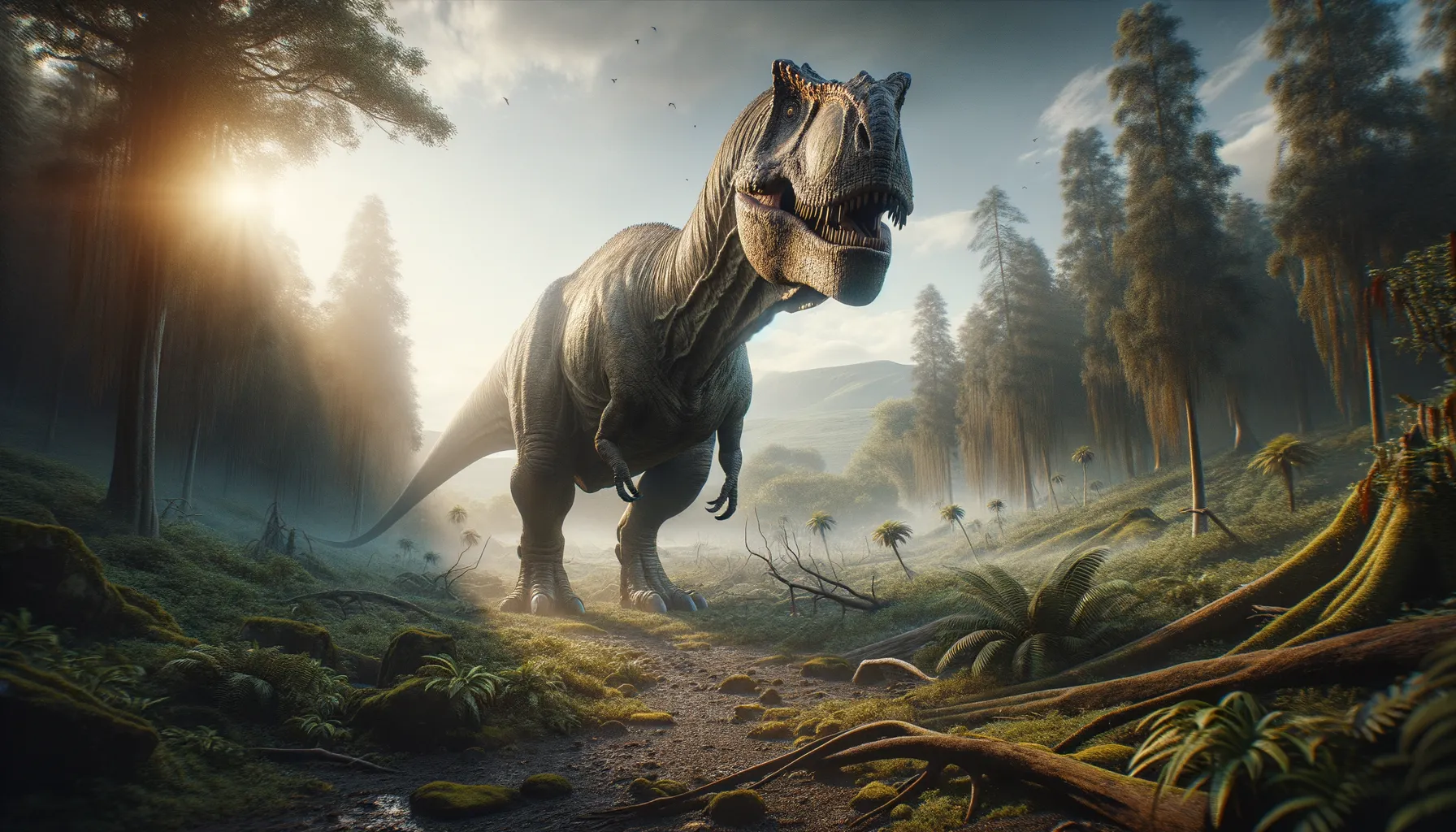
Eucamerotus
A gentle giant from the ancient past.
Period
Cretaceous
Length
Estimated to be 15 meters long.
Height
Around 6 meters tall.
Weight
Approximately 15 to 20 tons.
Eucamerotus was a massive sauropod dinosaur known to have roamed the ancient landscapes during the Lower Cretaceous period. It was primarily found in what is now England. With its enormous size, long neck, and herbivorous diet, it was a gentle giant of its time. The discovery of Eucamerotus has provided remarkable insights into the evolution and diversity of sauropods in Europe.
Diet
Eucamerotus was a herbivore, mainly feeding on ferns, cycads, and conifers. Its long neck allowed it to reach high foliage and efficiently graze over large areas in search of vegetation.
Hunting
As a herbivore, Eucamerotus did not engage in hunting. It likely used its height advantage to reach vegetation that was inaccessible to smaller herbivores.
Environmental challenges
Eucamerotus faced environmental challenges such as changes in climate, which could affect the availability of its plant-based diet. Predators posed a constant threat, especially to the young. It also had to adapt to varying landscapes, from dense forests to open plains, each posing different survival challenges.
Speed
Slow moving due to its large size.
Lifespan
Estimated to live several decades.
First discovery
Unearthed in the 19th century in England.
Fun Facts
- Eucamerotus was a dinosaur from the Early Cretaceous period, around 130 million years ago.
- Its name means 'well-chambered' in reference to its strong vertebrae.
- Eucamerotus belonged to the sauropod group, known for their long necks and tails.
- The fossils of Eucamerotus were discovered in the United Kingdom, specifically on the Isle of Wight.
- Though not the largest sauropod, Eucamerotus was still an impressively large herbivore.
- Eucamerotus likely lived alongside other dinosaurs like Iguanodon and Neovenator.
- Because only partial remains have been found, many details about Eucamerotus remain a mystery.
Growth and Development
Eucamerotus likely experienced rapid growth in its early years to escape predation. Like other sauropods, it had a high metabolism that supported its enormous size. Growth rates probably varied, influenced by environmental factors and food availability.
Habitat
Eucamerotus inhabited lush, forested regions that provided abundant plant life for feeding. It might have also roamed open plains, migrating to areas with better resources. The terrain would have needed to support its large size, suggesting relatively flat landscapes.
Interaction with other species
Eucamerotus likely coexisted with other herbivorous dinosaurs, competing for plant resources. It may have formed groups for protection against predators. Large predators such as theropods might have targeted vulnerable individuals, especially the young or sick.
Natural lifespan
Eucamerotus had a natural lifespan likely spanning several decades if it reached adulthood.
Reproduction
Eucamerotus, like other sauropods, likely laid eggs, which they may have buried to protect them. Hatchlings would be independent shortly after emerging, relying on their rapid growth to avoid predation.
Social behaviour
Eucamerotus might have traveled in herds to enhance safety and for more efficient foraging. Social hierarchies could have existed, particularly during mating seasons or when resources were scarce.
Fossil locations
Fossils of Eucamerotus have primarily been found in England, offering insight into their presence in Europe during the Cretaceous period. These include vertebrae and other skeletal remains indicative of their substantial size. These discoveries have helped build a clearer picture of sauropod diversity in the region.
